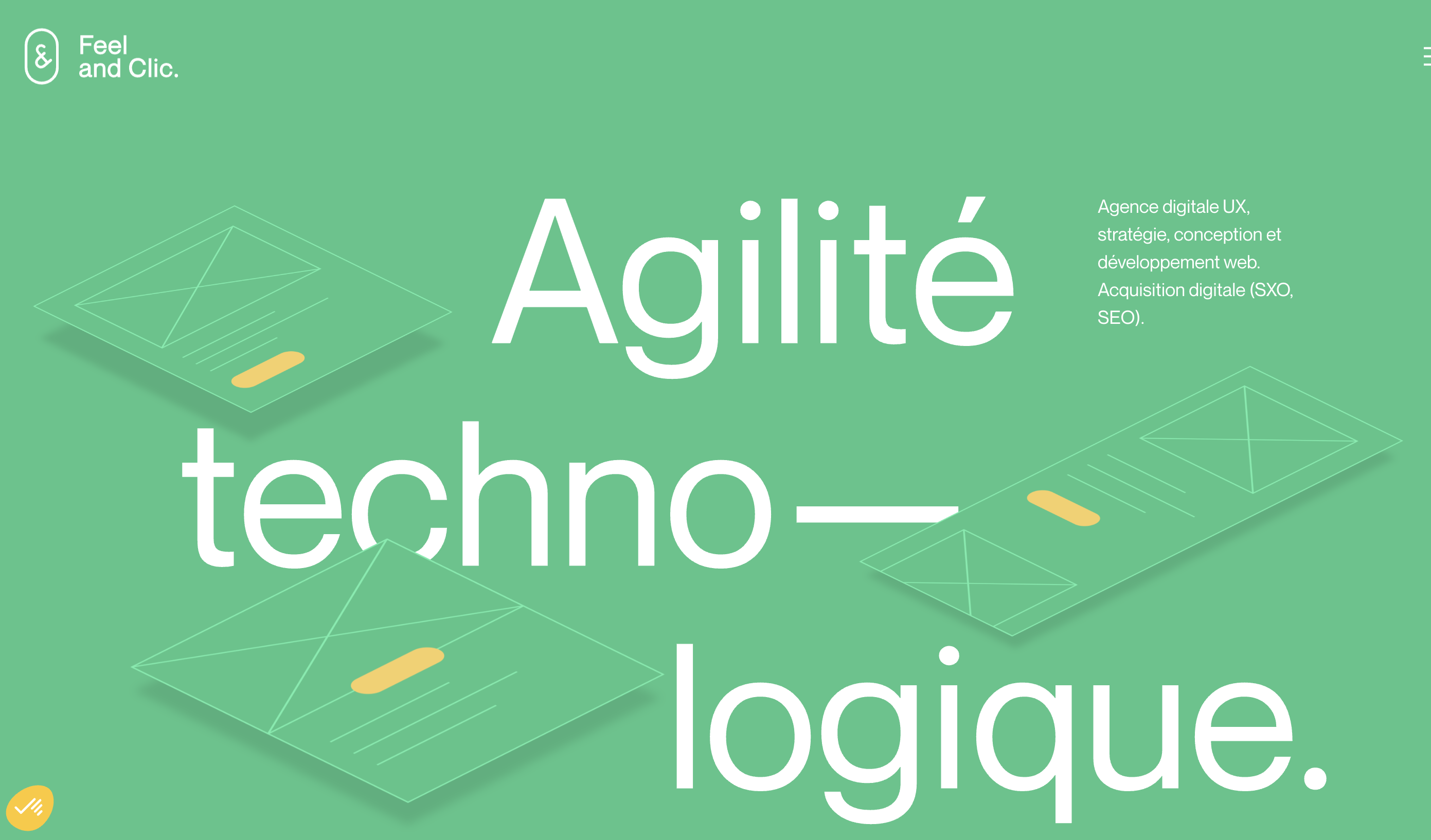Understanding Experience as a Service
Exploring the Shift to Experience as a Core Offering
Experience as a Service is becoming an indispensable component in the design landscape. With businesses increasingly shifting toward this model, companies are reimagining how they perceive customer service. Rather than offering isolated products or services, companies are focusing on comprehensive journey experiences that not only enhance customer satisfaction but also foster loyalty. The concept revolves around integrating service experience as a core part of a brand’s offering. Companies are recognizing that to remain competitive in the digital realm, they must prioritize market requirements and customer centricity. This is achieved by creating seamless and meaningful experiences that intersect with technology and design, influencing every touchpoint along the customer journey. For example, insights derived from data analysis enable businesses to tailor their offerings to match customer expectations more precisely. In this way, customer experiences are continuously improved, fostering a positive connection with the brand. Understanding the pathways that consumers travel, as elaborated in our guide to designing an insurance customer journey map, can help refine strategies for better engagement. Ultimately, embracing Experience as a Service allows for a realignment of business processes and service strategies to support the entire lifecycle of customer interactions. This emphasis on experience management is not just about responding to requests but ensuring an enriched relationship that positions a company favorably in the minds of its consumers.The Role of Empathy in Design
Empathy as a Transformative Approach in Design
The core of any successful design is empathy, a crucial element in shaping experiences that truly resonate with customers. By stepping into the shoes of the users, designers can create services and products that meet the needs and expectations of different audiences. This empathetic approach ensures that every touchpoint in the customer journey is carefully crafted, ultimately leading to greater customer satisfaction and loyalty. For businesses aiming to enhance their experience as a service, understanding the customer's perspective is key. It means recognizing not only their immediate needs but also their pain points and desires. Such insights are invaluable and often gathered through methods such as customer feedback, data analysis, and direct interactions. Businesses that prioritize customer-centric experiences often see a direct impact on their brand perception. Empathy helps bridge the gap between companies and their audiences, creating an emotional connection that goes beyond transactional interactions. This connection fosters customer loyalty and turns casual users into brand advocates. It's also important to realize that empathy is not just about interactions during the purchase phase. It encompasses the entire lifecycle, from acquisition to post-sale support. Whether it's through digital channels, social media, or traditional contact centers, maintaining a compassionate approach is essential. By integrating empathy throughout the design process, companies not only improve customer service but also pave the way for innovative solutions that address real-world challenges. Exploring the intricacies of designing a seamless customer experience can further illuminate ways to incorporate these principles effectively into your strategy.Leveraging Technology for Enhanced User Experiences
Harnessing Technology for a Transformative Customer Experience
In the digital age, technology plays a pivotal role in transforming the way businesses design their experience services. From hyper-personalized customer interactions to seamless service experiences, leveraging technology can profoundly impact the customer journey. Modern companies utilize data analytics to gain insights into customer behavior, preferences, and satisfaction levels. This information enables businesses to tailor their services, enhancing both the customer experience and the brand’s reputation. For instance, integrating AI-driven chatbots in contact centers can provide immediate and personalized customer support, reducing wait times and improving customer satisfaction. Moreover, the rise of social media has allowed for more transparent and instant communication channels, making it easier for customers to interact with businesses. This connectivity ensures that customer feedback is consistently incorporated into the design process, thus fostering customer-centric experiences. Technology also aids in gathering trends reports that help shape future strategies. Understanding which technological innovations are impacting customer journeys allows businesses to stay ahead and continuously improve customer experiences. Emerging technologies like virtual reality (VR) and augmented reality (AR) are being explored to further enrich customer interactions, offering new dimensions to service experience. Through effective digital tools, businesses can enhance their design efforts, creating smoother and more engaging journeys. As technology continues to evolve, companies that adapt and innovate will lead the way in nurturing long-lasting customer loyalty and satisfaction. For more insights on creating inclusive user experiences that integrate technology with empathy, check out this resource.Design Thinking: A Catalyst for Experience Innovation
Design Thinking as a Key to Innovation
Design Thinking is making waves in the realm of customer experience, serving as a robust framework that enables businesses to put their users at the center of every decision. By fostering creativity and critical thinking, companies can innovate at a rapid pace, offering unique experiences that are both meaningful and impactful. Firstly, Design Thinking emphasizes empathy, allowing businesses to truly understand the needs and desires of their customers. This user-centered approach enables companies to design services that improve customer satisfaction and loyalty. The process begins by observing and interviewing clients, grounding the experience service in real customer experiences. Moreover, Design Thinking encourages cross-disciplinary collaboration, bringing together diverse perspectives within a business, from engineers to marketers. This synergy accelerates innovation, resulting in more comprehensive products services that cater to a wider range of customer needs. The introduction of iterative prototyping and testing also allows companies to quickly adapt their offerings, ensuring that they remain aligned with the evolving digital landscape and the latest trends report. Incorporating data-driven insights is crucial in this process. By analyzing customer journeys and contact points, businesses can refine their service offerings, thereby enhancing customer support and service experience. Data helps to identify patterns and predict future needs, enabling a brand to stay ahead of the competition. Importantly, Design Thinking isn't just about creating a better service experience for today; it's about preparing companies for the challenges of tomorrow. As businesses strive to become more customer-centric, continuously adapting their services based on valuable insights and feedback is essential. This approach not only fosters good customer relationships but also builds long-term customer loyalty, ensuring a brand remains relevant and resilient in an ever-changing market.Challenges in Implementing Experience as a Service
Overcoming Barriers to Excellence in Experience Services
While integrating Experience as a Service is a transformative strategy for businesses aiming to elevate their customer satisfaction levels, it is not without its challenges. Navigating these obstacles is essential for crafting a service experience that aligns with user expectations and enhances brand loyalty.
One major hurdle is the intricate nature of aligning diverse customer touchpoints across various platforms, including digital channels and traditional customer contact centers. Ensuring a seamless customer journey demands a holistic understanding of customer interactions, supported by robust data analysis. Companies must effectively manage data to glean insights into customer preferences and behavior, which can be a daunting task in itself.
Time and resources are also critical factors. Establishing a customer-centric design and maintaining it requires ongoing commitment and investment. Businesses must continuously adapt to evolving customer expectations, necessitating frequent updates to services and experiences. This also involves investing in technology that can support these dynamic needs, such as automation tools and customer support enhancements.
Another significant issue is the potential for over-reliance on technology at the expense of human empathy. It’s vital for businesses to balance tech-driven solutions with the personal touch that makes customer interactions meaningful and memorable. Successful companies often leverage social media as a tool to foster community and maintain a real-time connection with their customers, thus enhancing customer loyalty through good customer service experiences.
Implementing experience management effectively can also require redefining internal processes and company culture to be more agile and responsive. Encouraging a design thinking mindset helps teams innovate and tailor offerings that resonate with customers, but transforming this philosophy into actionable outcomes is not always straightforward.
Despite these challenges, businesses that overcome them stand to gain significantly. By dedicating efforts towards a seamless service experience, companies not only improve customer relationships but also differentiate themselves in an increasingly competitive market. The commitment to refining customer experiences lays the foundation for sustained growth and brand success.
Future Trends in Experience-Driven Design
Emerging Trends Influencing Experience-Driven Design
In the ever-evolving landscape of design, an increasing focus on creating memorable customer journeys is reshaping how businesses operate. As we delve into future trends, several key aspects stand out.- Personalization Powered by Data: Companies have to rely heavily on customer data to deliver tailored experiences. By analyzing customer interactions and preferences, businesses can craft services that resonate more with their audience, enhancing customer loyalty and satisfaction.
- Integration of Advanced Technologies: The incorporation of artificial intelligence and machine learning is revolutionizing the way services are designed. These technologies help customize experiences in real-time, offering more dynamic customer interaction opportunities and support systems.
- Omni-Channel Experiences: As more platforms emerge, brands must ensure consistency across all channels—whether social media, mobile apps, or in-store—as part of a seamless experience journey. An integrated approach leads to improved customer satisfaction, as customers expect fluid transitions across various touchpoints.
- Embracing the Human Element: As technology advances, maintaining empathy in design remains imperative. Designing with the user's emotional journey in mind fosters more significant, engaging experiences. It also ensures that service experiences remain customer-centric and meaningful.
- Focus on Sustainability: As societal awareness about environmental impacts grows, sustainable design increasingly becomes a part of customer and business consciousness. Design strategies that incorporate eco-friendly practices not only appeal to environmentally conscious consumers but can also enhance a brand's value proposition.
- Service Experience Management: Companies are revisiting the importance of effective experience management. Businesses that prioritize consistent service experiences, even through contact centers, often achieve greater customer satisfaction and trust.









